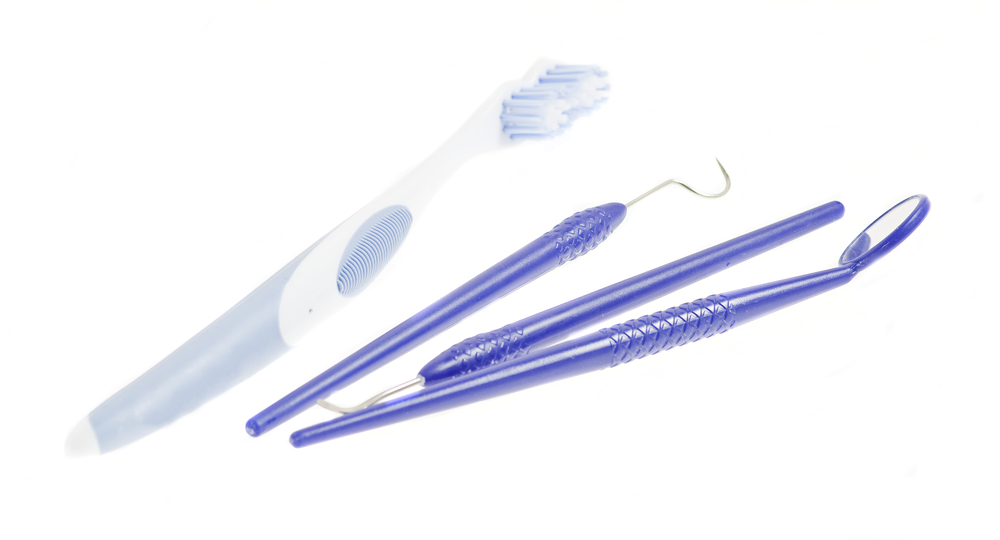While sour treats and zesty drinks might be irresistible and invigorating, they can also threaten the well-being of our teeth. The acidity in these products has the potential to wear down the tooth’s protective layer, leading to increased sensitivity, staining, and various other oral concerns. This guide offers strategies for relishing these acidic indulgences while safeguarding your dental health.

- Grasp the pH Scale: Knowledge of acidity levels is key to making informed food choices.
- Fundamentals: The pH scale measures acidity, stretching from 0 (very acidic) to 14 (highly alkaline), with 7 being neutral.
- Risky Zone: Foods and beverages with a pH under 5.5 have the potential to lower tooth enamel mineral levels.
- Usual Suspects: Items like citrus fruits, soft drinks, wine, and certain teas tend to have high acidity.
- Investigate: Take time to learn the pH levels of your preferred foods and drinks.
- Exposure Moderation: It’s fine to indulge in these products now and then, but it’s vital to monitor their consumption frequency and their impacts on your oral health.
- Incorporate Acidic Products with Meals: Eating them as part of a larger meal can lessen their harmful effect.
- Saliva Generation: Your saliva flows more while eating, which helps counterbalance acid.
- Food Pairing: Eating alkaline or neutral foods alongside acidic ones can help negate the acidic impact, like having cheese with a tomato sauce.
- Aquatic Cleansing: Drinking water with your meal assists in washing down acid and lingering food bits.
- Sip Sparingly: Drink acidic beverages quickly rather than slowly over time to diminish acid contact duration.
- Discourage Acidic Grazing: Try to save the tangy snacks for mealtime instead of eating them alone.
- Employ Straws for Acidic Drinks: A straw can notably reduce acid contact with teeth.
- Teeth Bypass: Drinking through a straw can prevent most of the liquid from touching your teeth.
- Strategic Positioning: Put the straw further back in your mouth to lessen contact with your front teeth.
- Partial Solution: Even with a straw, it’s imperative to rinse with water post-acidic drink intake.
- Eco-conscious Choices: With the environmental issues surrounding plastic straws, opt for reusable or eco-friendly ones.
- No Swirling: Avoid rolling acidic beverages in your mouth as this ups enamel exposure time.
- Rinse and Wait Before Brushing: Brushing right after acidic consumption might do more harm than good.
- Enamel Softening: Tooth enamel can soften due to acid contact.
- Pause Period: It’s advisable to wait about 30 minutes post acidic food or drink intake before toothbrushing. Saliva will first neutralize the acids and re-harden enamel during this time.
- Mouth Rinsing: To neutralize acids, rinse with water or an alkaline solution instead of brushing immediately.
- Gum Chewing: Chewing sugarless gum aides in more saliva production, which also helps protect teeth.
- Toothpaste Selection: Choose a fluoride toothpaste for brushing to reinforce enamel strength.
- Bolster Enamel with Fluoride: Fluoride is a vital defender against acid wear.
- Enamel Rebuilding: Fluoride assists in restoring minerals lost to acid attacks, rebuilding enamel.
- Direct Application: Employ fluoride-enriched toothpaste and mouthwashes.
- In-office Treatments: High risk for enamel erosion may warrant professional fluoride treatments from a dentist.
- Fluoridated Water: Drinking tap water in some areas can offer additional fluoride since it’s added for dental protection.
- Dental Consults: Always seek personalized guidance from a dental professional on fluoride use and understand any associated risks.
Acidic foods and beverages might be staples in many diets, but grasping their effects on oral health is crucial. By adopting preventative practices and staying informed, you can delight in your preferred flavors while keeping your teeth healthy and radiant.







